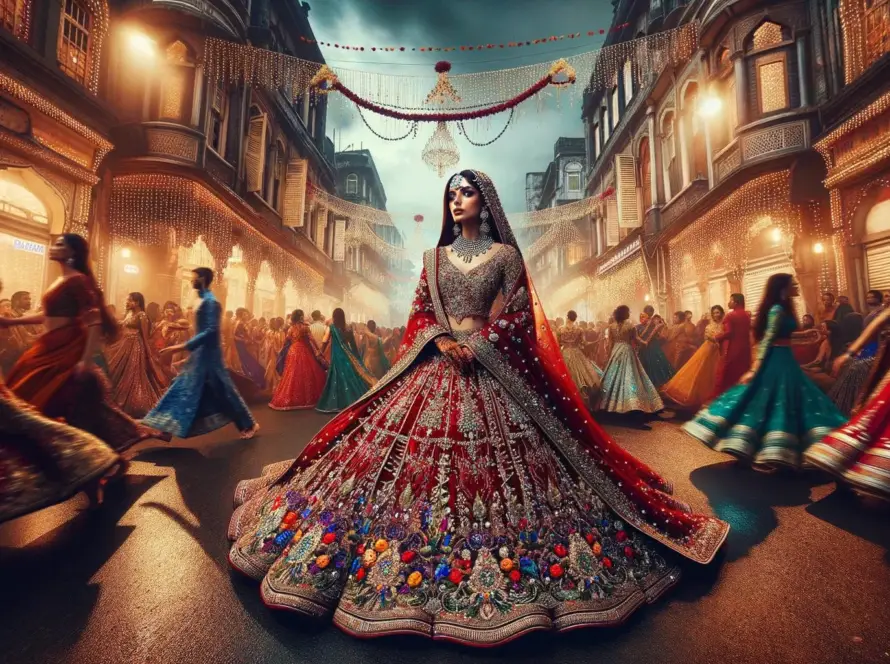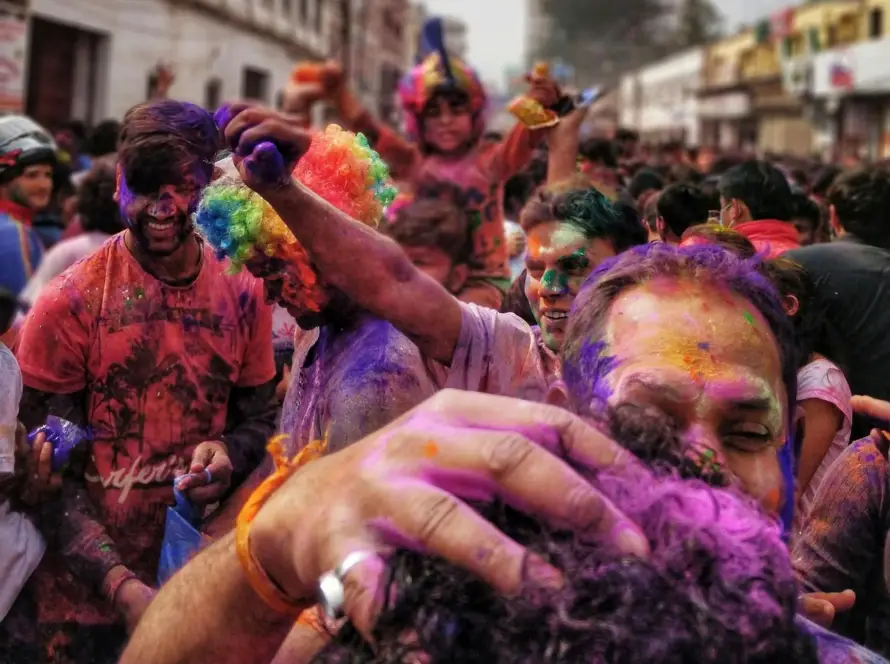Generated by Contentify AI

Indian traditional clothing has a rich and diverse history that reflects the country’s cultural heritage and legacy. From the vibrant sarees of the women to the elegant dhotis of the men, each garment carries its own significance and symbolism. The evolution of Indian traditional clothing through the ages showcases a captivating narrative of artistic expression and cultural identity.
The saree, a quintessential Indian attire, has been an integral part of the country’s heritage for centuries. Its origins can be traced back to the Indus Valley Civilization, making it one of the world’s oldest unstitched garments. The saree has transcended time and continues to be a timeless symbol of grace and femininity. Its versatility and elegance have made it a favorite choice for special occasions, festivals, and daily wear, embodying the essence of Indian tradition and craftsmanship.
Similarly, the dhoti, a traditional men’s garment, holds a significant place in Indian culture. With its distinct draping style and cultural relevance, the dhoti has been worn for generations, symbolizing simplicity and elegance. It has evolved over the years, adapting to modern fashion while retaining its traditional essence. The dhoti reflects the rich cultural heritage and traditional values of India, representing the timeless charm of Indian ethnic wear.
As Indian traditional clothing continues to garner global attention, it serves as a testament to the country’s rich cultural tapestry. The intricacy of design, the use of vibrant colors, and the emphasis on heritage have solidified Indian attire as a cornerstone of the global fashion industry. The evolution of Indian traditional clothing through the ages not only showcases the creativity and craftsmanship of Indian artisans but also pays homage to the enduring legacy of cultural traditions.



